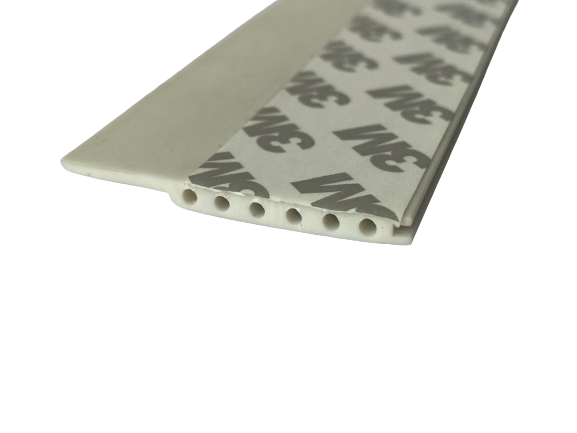Sep . 16, 2024 13:38 Back to list
Winter Weather Stripping
Winter Weather Stripping Essential Protection for Your Home
As winter approaches, the chill in the air becomes a constant reminder that it's time to prepare our homes for the colder months. One of the most effective ways to keep the warmth in and the cold out is through weather stripping. This simple yet essential home improvement technique can significantly enhance your home’s energy efficiency, comfort, and lifespan.
What is Weather Stripping?
Weather stripping is a material used to seal the gaps around doors and windows, preventing drafts and moisture from entering your home. It acts as a barrier against outside elements, ensuring that your indoor environment remains cozy during the harsh winter months. Common materials used for weather stripping include foam, vinyl, metal, and door sweeps.
Benefits of Weather Stripping
1. Energy Efficiency A well-insulated home leads to lower energy bills. By preventing heat loss, weather stripping ensures that your heating system doesn't have to work overtime. This not only saves you money but also reduces your carbon footprint.
2. Enhanced Comfort Uneven temperatures and cold drafts can make certain areas of your home uncomfortable. By sealing gaps around windows and doors, you maintain a more consistent temperature throughout your living spaces.
3. Moisture Control Winter often brings snow and rain, which can lead to moisture entering your home. Weather stripping helps prevent water leaks, protecting your walls and foundation from structural damage and mold growth.
4. Noise Reduction Weather stripping can also act as a sound barrier, reducing the noise from the outside world. This is particularly beneficial for homes located in busy areas where street noise can be distracting.
5. Improved Aesthetics Many modern weather stripping options are designed to be subtle and visually appealing. This means you can enhance your home’s efficiency without sacrificing its appearance.
winter weather stripping

Choosing the Right Weather Stripping
When selecting weather stripping for your home, consider the following factors
- Location Windows and doors are the most common areas for weather stripping, but other locations may include attic hatches and garage doors.
- Material Each material has its pros and cons. For instance, foam tape is easy to install but may wear out faster than metal or vinyl.
- Type Different types of weather stripping are available, including
- Adhesive-backed foam Easy to install and ideal for irregular surfaces. - V-strip Made of flexible nylon or plastic, great for sealing the edges of doors and windows. - Door sweeps Installed at the bottom of doors to block gaps. - Magnetic strips Good for metal doors and provide a strong seal.
Installation Tips
Installing weather stripping is a straightforward DIY project. Begin by thoroughly cleaning the surfaces where the weather stripping will be applied. Measure the dimensions accurately and cut the weather stripping to size. Ensure it's aligned properly for a snug fit before pressing it into place. Regularly check your weather stripping for wear and replace it as needed; a little maintenance can go a long way in ensuring your home remains a haven during the chilly winter months.
In conclusion, winter weather stripping is a vital component of home maintenance that offers numerous benefits. By investing a little time and effort, you can ensure that your home stays warm, energy-efficient, and comfortable throughout the winter season. Don’t let the cold creep in; take action now to protect your space.




